Background
Flooring pertains to a permanent covering over the floor structure with a finish material to give a walking structure. The purpose of having flooring is to get a good hard, level, and beautiful surface for living. The flooring that you choose for your home can make all the difference to the look and feel of various rooms. Whether you are thinking about creating a cozy feel or an ultra-modern look, there are many flooring options available out there.
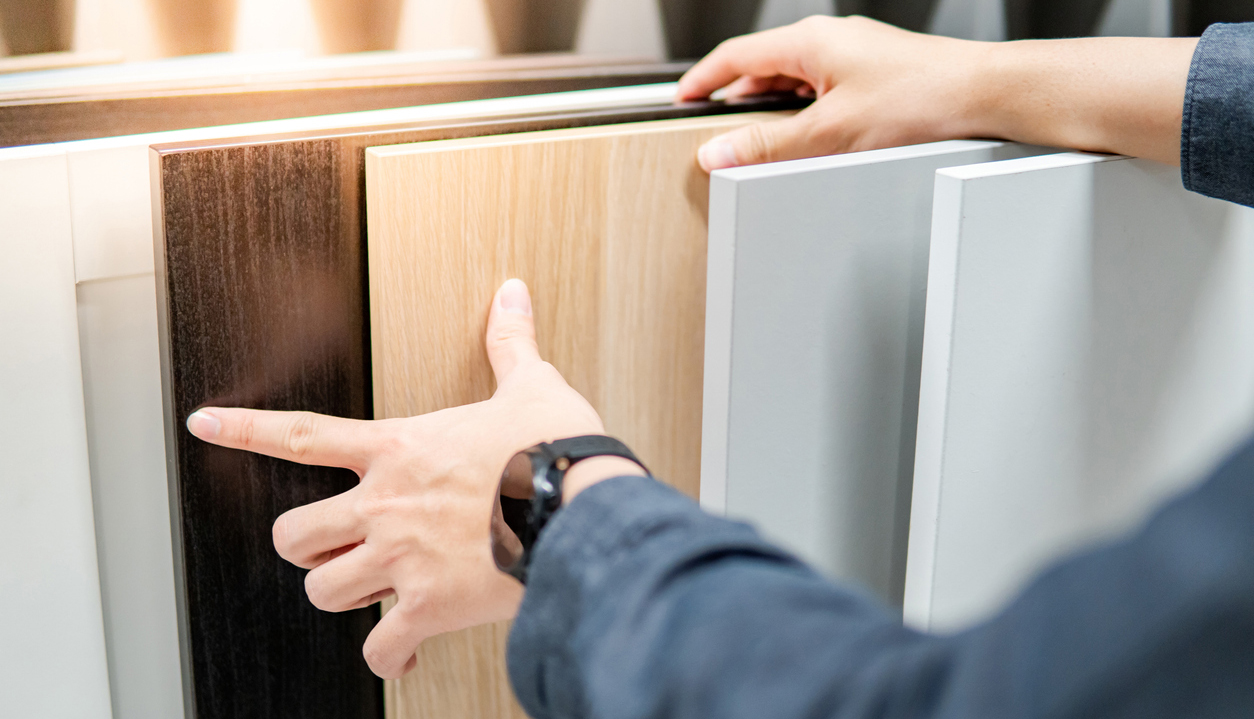
person choosing flooring

samples of wooden flooring
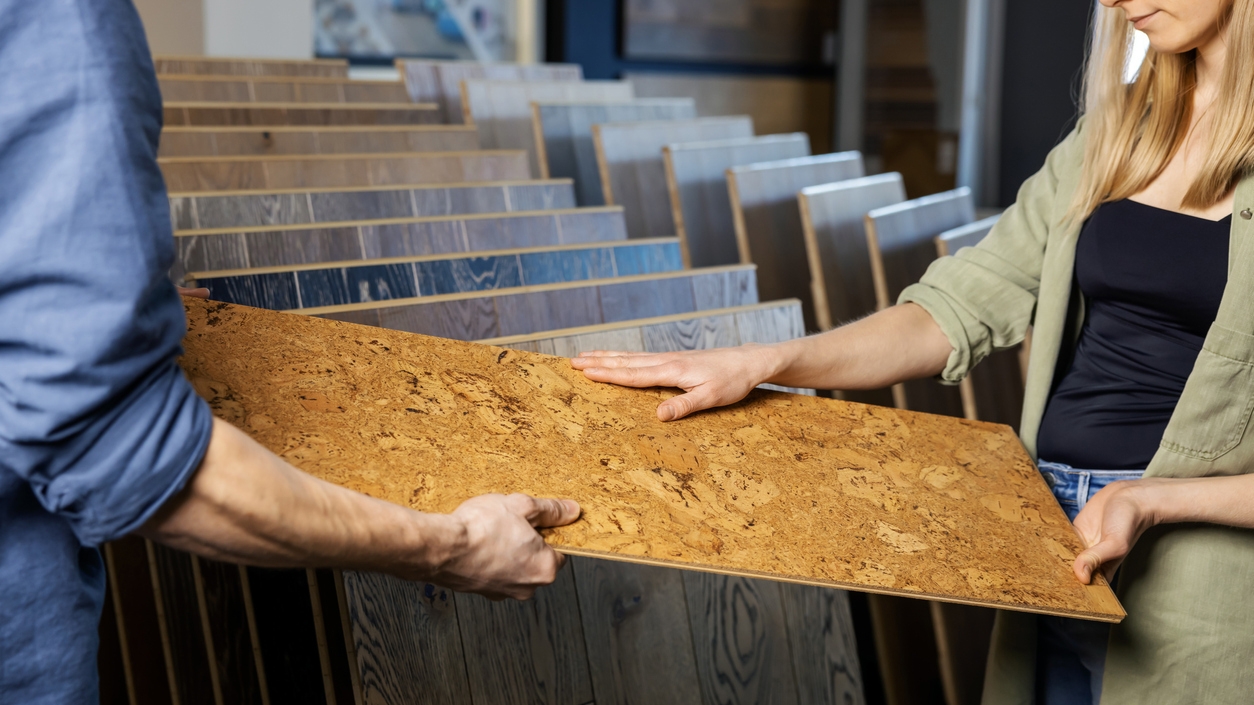
choosing cork flooring
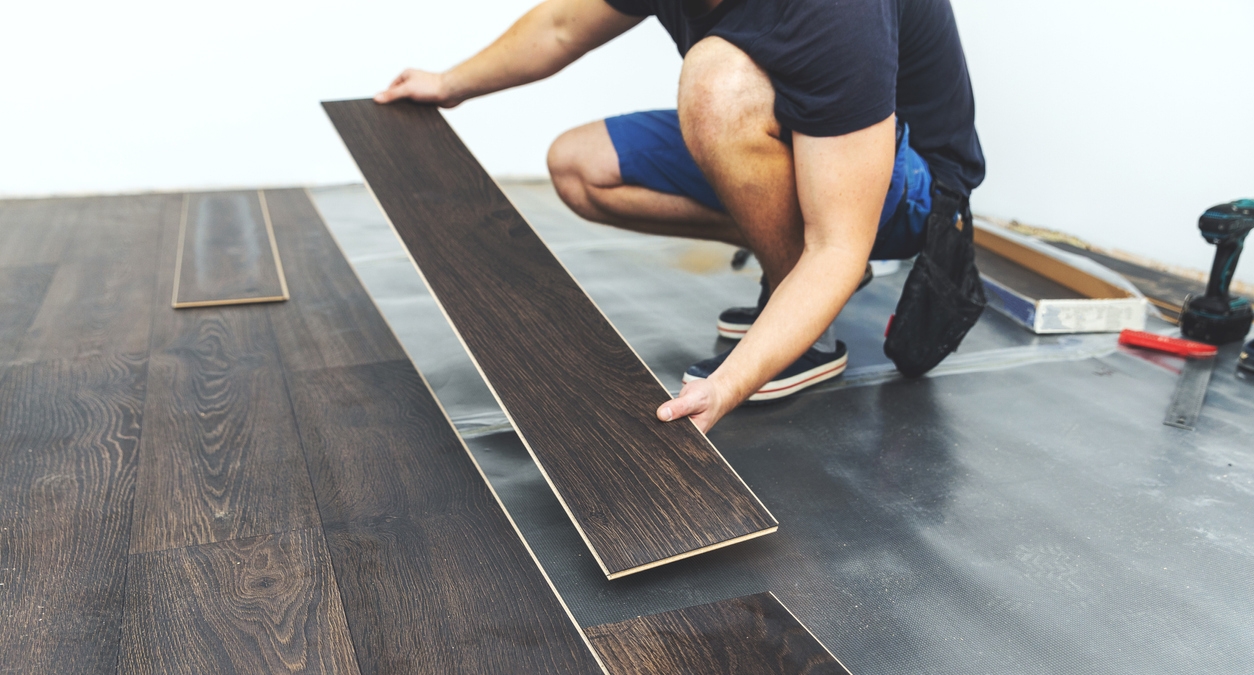
person installing a laminate flooring
If you are having a new home built or thinking of changing the flooring of your home but need more ideas to achieve the best look, we are here to help you. In this post, we are giving you information on everything you ever wanted to know about flooring but were afraid to ask. This includes the various types of flooring for homes, their costs, the size of the flooring industry, and a lot more.
A Brief History of Flooring
Today, floors in homes can be made of different materials, such as wood, tile, carpet, and vinyl. [1] But have you ever wondered what ancient people used to cover their floors many years ago? About 5,000 years ago, Egyptians established stone construction. That was the time when stone and brick floors started to appear. Soon, they became works of art and a useful surface for the home. Around 3,000 years ago, Greeks developed pebble mosaics for their floors. Slowly, they started using oblong stone shapes instead of pebbles. It was used in ancient France, Italy, Spain, and Northern Europe.
During the Roman Empire, which was around 27 B.C. to 486 A.D., engineers discovered another advantage of stone floors, which was heating. They created a small basement with pillars under the floor to provide support to the large stone squares. Then, a vent was made at one end of the basement, and a fire was started under the opposite end. The fire would warm the stone floor above. [2]
Ceramic Floors
There is also evidence that shows ceramic tiles being used for floors thousands of years ago. Tile floors are also considered to be ancient relics, with the first instance of ceramic tiles being used sometime around 4,000 B.C. However, the style became very popular in the 12th century when monks started using them to create patterns on cathedral floors. At the present time, these tiles can be found in almost any room but are a popular choice in kitchens and bathrooms.
Early North American Flooring
In North America, tribal people mostly poured large amounts of sand over the ground inside their homes and smoothed them. The sand layer would collect waste over time and would turn muddy. At that point, it could be cleaned out of the house and replaced with a fresh layer of sand, which creates a warm and soft floor covering.
In early North American homes, settlers would spread sand on top of the dirt floor. When the litter inside the room became unbearable, they would sweep it out the door along with the sand. After that, they would spread a new layer of sand on the floor. Some settlers would even spread peanut and sunflower seed shells on the floor to spread oil into the dirt and help settle the dust. [2]
Evolution of Hardwood Floors
One of the most popular floor choices for homes today is a hardwood floor. But did you know that its sleek style first showed up as far back as 1600 A.D.? The earliest known wood floors were used in the Middle Ages. At first, rough planks were placed across the floor. These were sanded with stone or metal to make them smooth. After that, they are varnished or stained to help them achieve a smooth texture and make them last longer.
In more recent years, several more options have been introduced, including engineered wood in 1960 and laminate wood in 1970. However, the newest option is the introduction of bamboo floors in 1990. It is an eco-friendly option that is easier to maintain and resistant to damage caused by moisture. [2]
Introduction of Resilient Flooring
Resilient floors include pliant floor surfaces such as vinyl, rubber, and linoleum. Rubber floors were first used around 1200 and remained popular until the 1600s. Frederick Walton, an English rubber manufacturer, noticed how linseed oil created a leathery skin on top of the paint. In 1863, he patented linoleum, which was made by mixing linseed oil with powdered wood or cork, pigments, ground limestone, resins, and drying agents.
In the late 1800s and early 1900s, rubber, cork, and asphalt tiles were created. During these times, laying various colored tiles was popular to make geometric designs. There was also an accidental discovery that led to a floor surface that replaced soft tiles in popularity. It was when European researchers mixed a gas called vinyl chloride in a mixture that created a rigid material. However, no one could think of a good use for it.
An American inventor named Dr. Waldo Semon attempted to bond rubber to a metal back in 1926. He tried to use the vinyl chloride mixture and blended it with other chemicals. The first attempts ended up in wisps of gas and an occasional explosion. Finally, he created what is now known as PVC or polyvinyl chloride, or simply vinyl. Before, it was used in shock absorbers but later on used to develop synthetic tires. During World War II, it was used to insulate wires, and it became popular as a floor covering after the war. [1]
Through the years, more and more types of flooring have been introduced into the market. That is why it is quite challenging for new homeowners to choose the type of flooring to install in their homes due to the many options available.
The Different Types of Flooring Materials
Flooring for a specific room in the house can make a huge difference. For instance, hardwood is among the most popular options for a wood floor. However, it is not necessarily a flooring option that can be covered with carpet like in a master bedroom. Selecting the type of flooring really depends on what you are going for. Therefore, it is very important to take a look at all the different types before you make a buying decision.
There are dozens of flooring types available, and in each type, you may still need to make additional design choices. Below are some of the most popular choices of flooring materials for homes:
1. Hardwood Flooring
Hardwood flooring is created from a piece of hardwood cut from a tree. Most of them are made from oak wood, walnut, or cherry. However, there are also other solid wood options to choose from. Most of the time, planks are three-quarters of an inch thick, but the width can also vary. The standard width for hardwood flooring is between three and five inches. There are also wide planks that measure between five and ten inches, which look beautiful in living spaces inside the house.
In addition, hardwood flooring comes finished in two ways. One is pre-finished wood, which already has the finish applied before installing the planks. The other one is unfinished hardwood, which needs to be sanded down and finished so that it will become shiny and moisture-resistant after installation.
All solid hardwood floors are hard. However, different types of wood will have various levels of hardness. Therefore, it is essential to choose a wood type that matches the amount of foot traffic that the room experiences. This way, you can ensure that the floors will not experience excessive wear and tear. [3]
2. Engineered Wood Flooring
This is an affordable, stylish, and easy-to-install type of wood flooring. It is also a favorite for a lot of homeowners. Before, others thought that it was an imitation of solid hardwood with a pale color. But it has made great strides in the last few decades. An engineered wood flooring is capable of achieving the elegant looks of wood.
Engineered wood flooring features a surface of hardwood that is bonded over a high-quality plywood substrate. It has many different styles, from traditional oak, exotic options, and rustic designs. It is also less prone to moisture damage and is cheaper compared to hardwood. The only downside is that it can’t be refinished more than once, and it is not also fade resistant. It is also a bit less durable and can only last for around 20 to 40 years. [4]
3. Laminate Flooring
Laminate flooring is made using composite wood that has been pressed together to make a platform that has the appearance and texture of actual hardwood. It also manages to offer the natural look of solid wood but at a fraction of the cost. Laminate flooring is easy to install, scratch-resistant, and comes in a lot of texture and color options. This type of flooring can last between 15 to 25 years, depending on its quality. However, it is susceptible to moisture damage, hard and noisy underfoot, and it can’t be re-stained or re-finished. [4]
4. Linoleum Flooring
Linoleum is made from renewable and biodegradable materials, such as cork and linseed oil, making it environmentally friendly. This type of flooring comes in sheets that are glued directly to the floor when installed. The sheets have mineral pigments that make a variety of rich colors and patterns, and they can be sealed with a protective coating to prevent staining and wear. The floor can also be refinished around every two years to keep them fresh-looking. [3]
5. Cork Flooring
If you are opting for something that has a small environmental impact, a cork floor is perfect. It is a type of material that is obtained from tree bark without killing the tree. The bark of a tree regenerates every eight to ten years and can be used again to make cork flooring. This type of flooring has the same warm appearance as wood, but it has unusual grain patterns that sometimes feature speckles and swirls. It can be bought in either tiles or planks, and it is made similarly to laminate flooring with a top layer that is glued on the stable material underneath. Most cork products are bought pre-finished, but it is also great to reseal them every three to five years to keep them safe from moisture and protect them against stains. [3]
6. Vinyl Flooring
This is a synthetic material that is liked by many due to its durability, functionality, and affordability. It features several layers of materials pressed together to make a weather-resistant floor covering that is comfortable underfoot. It can also be designed to look similar to high-quality finishes, such as stone, hardwood, marble, and ceramic. It can be installed easily and can last from 5 to 25 years, depending on how it is installed and maintained. [4]
7. Tile Flooring
Tile floors are popularly used in bathrooms, kitchens, laundry rooms, and entryways. This type of flooring is valued for its look and cost-saving potential. Most tiles are made of ceramic, porcelain, and stone, and they come in different styles, textures, and colors. It is a weather-resistant type of flooring that is easy to clean and durable against spills and scratches. With proper installation, tile flooring can last from 30 to 50 plus years. [4]
8. Carpet Flooring
Carpet is made using woven fiber. Some of the most common options are peel-and-stick and wall-to-wall styles. But there are also other materials, patterns, and colors to choose from. This type of flooring has a cushioned surface that cuts down the noise and adds additional warmth to the home. It also has a non-slip and soft surface and can help hide issues with subflooring.
The issue when it comes to carpeted flooring is that it needs regular cleaning, which also wears it down. Carpet stains can also become permanent, and dust-related allergies may emerge. [4]
9. Stone Flooring
Stone is among the most expensive options when it comes to flooring. It is high-quality, and it adds a luxurious look to any space. Floor tiles are made using various stones, such as marble, ledger, granite, slate, limestone, and travertine. Softer stone floors need to be sealed and finished every few years, while harder ones every four to five years, to keep them beautiful. [3]
10. Polished Concrete
This is a relatively new design trend, particularly in modern homes. Some even add stains, colors, or dyes to the surface of the concrete before polishing it to add color to the floor. The multi-step process of installing polished concrete flooring in homes should be done by a professional. [3]
The Best Flooring for Each Room at Home
There are practically unlimited flooring options out there. However, the question is, what is the best flooring for each room of the house? Choosing which is best can be overwhelming, particularly when choosing for several rooms. To help you, we’ve narrowed it down to the most widely recommended flooring type for each room at home.
Entryway, Living Room, and Dining Room
The most popular choice for the common areas in any American home is hardwood. It has a timeless, classic look that adds value to any home. It can be refinished many times and can last a lifetime. Aside from that, ceramic tile is also a great choice as it is elegant. However, it can get colder compared to wood. In these common areas of the home, you need to pick high-quality flooring for the look, performance, and added value. [7]
Family Room, Media Room, Office, and Bedrooms
It is practical to match hardwood throughout a home, particularly for all rooms where there is little moisture exposure. But since these rooms are more private than the common areas, it is also practical to choose more affordable options like carpet or laminate. Laminate flooring can look almost the same as hardwood while costing much less. Carpets, on the other hand, can help you save money while giving the room a casual and comfortable feeling, which is perfect, especially for a children’s playroom.
Kitchen, Bathroom, Laundry Room, and Mudroom
These rooms require a type of flooring that is moisture-resistant. The finest choice for these is porcelain tile, which is ideal for shower stalls and bathroom floors. It is waterproof and scratch-resistant and can last a lifetime. Aside from that, you can also opt for ceramic tile, which is more affordable. Vinyl flooring can also be great for the kitchen, bathroom, laundry room, and mudroom as it also offers water resistance.
Garage
It is also a worthwhile investment to upgrade the garage with a floor covering. It can enhance the appearance of the garage instead of using plain concrete flooring that can absorb stains easily. One of the best choices for the garage is polished concrete. It is low cost, low maintenance, and very durable. Vinyl tile is also a great choice, as it is durable, affordable, and offers some resilience. [7]
Basement
The options for the basement are similar to the garage. The floors in the basement are concrete and can be subject to humidity and cold. The best flooring for it offers good moisture resistance. Therefore, the best choices for flooring for the basement are polished concrete, vinyl, and tile. You can also opt for engineered wood flooring, which is also resistant to moisture.
Home Gym
If you have a home gym, rubber or vinyl are ideal for flooring. These materials offer resilience and cushioning to resist heavy impacts. These materials can resist moisture and can be cleaned easily. You can also find rubber tiles interlock for easy installation.
Screened Room
If you have a screened room at home, this is subject to humidity and moisture from rain. Therefore, choosing moisture-resistant flooring is the best choice. One of the ideal options is polished concrete, which can look as good as ceramic or porcelain, but is more affordable. However, if you are searching for something warm, easy to install, and affordable, using indoor or outdoor carpets is ideal. [7]
When choosing the types of flooring for each room at home, pay attention to various factors, such as durability, budget, maintenance, exposure to moisture, and design, to name a few.
The Flooring Industry
The flooring market size in 2020 was more than $312.71 billion. It is estimated to exhibit more than a 6.3% CAGR from 2021 to 2027. The rising industrial sector and rising construction of homes and commercial centers will push the industry’s growth in the coming years.
In addition, an increase in renovation activities and a rising DIY trend are also likely to support the market demand for flooring. The increasing construction growth is also a key driver in the flooring industry. Demand for flooring is highly witnessed in residential construction activities in developed countries, including the United States, the United Kingdom, and Germany, among others. [5]
In 2022, the market size of the flooring installers industry in the U.S. is $27.2 billion, and it’s measured by revenue. The market size of the flooring installers industry in the United States increased faster compared to the construction sector overall. It has grown 2.5% per year on average between 2017 and 2022. [6]
Things to Consider When Choosing Flooring for Your Home
Here are some of the important factors that you can consider when choosing the flooring for your home:
Location
Keep in mind that not all types of flooring are fit for every room of your home. For example, tile and laminate flooring are versatile and durable but are not great options for children’s rooms. Therefore, you need to take the planned use of the room into consideration when picking the type of flooring for your home.
Durability
In terms of time and money, changing your flooring is a big investment. As a homeowner, you need floors that will last and continue to look good for a lot of years to come. Durability is one of the important factors in deciding on the type of flooring for your home, as the quality of your floors can influence both the value of your home and your enjoyment.
Style and Aesthetics
Of course, you need to choose the flooring that looks good and fits your style sensibilities. Match it to the theme of your home, as well as your furniture and other items around the house.
Price
Floors can vary in price. For instance, stone floors are very expensive, while tile and laminate floors mostly start reasonable but can also get expensive depending on the type. Therefore, before you decide on the type of flooring, make sure that you set your budget first. Do not set on a flooring option that is out of your price range and budget. [8]
Fun Flooring Facts You Probably Didn’t Know
If you are interested to learn more, below are some fun facts about flooring that you probably didn’t know:
- When describing floor options, many people use linoleum and vinyl interchangeably. However, these two couldn’t be more different. Vinyl is made from synthetic material, while linoleum floors are made from natural products.
- In 1791, the U.S. carpet industry was created by William Sprague in Philadelphia.
- No two hardwood floors look alike as wood has its own grain that will vary slightly from tree to tree.
- The most expensive flooring in the world is the Pietra Frimas LuxTouch tile. It features a stunning black marble design that is inlaid with 95 cut diamonds. It is priced at around $1 million per ten square feet.
- Homes that have hardwood floors usually sell for more compared to homes without them.
- The hardest floors on the planet are granite floors. It is second in hardness to diamond. They are extremely durable, low maintenance, and can virtually last forever.
- The oldest carpet that still exists is 2,000 years old. It is the Pazyryk carpet, and it was found in a Scythian tomb in Siberia in the 1940s.
- Before hardwood floors or carpets, prehistoric people mostly used woven straw or grass to create slip-resistant flooring. It is the modern-day rug or carpet’s ancestor.
- Failing to vacuum a carpet can result in several pounds of dirt, dust, and skin cells every year.
- The word carpet came from the Latin word “carpere,” which means to pluck. It fits as carpets were first made from plucked fabric.
Conclusion
Whether it’s a stylish carpet, convenient laminate floor, or stunning hardwood, flooring can do wonders for your home. That is why it is very important to choose the types of flooring that you will incorporate into your home wisely. Not only will it make the rooms in your home look good, but it will also help add value to your home if you ever plan to sell it in the future. We hope this post helped you learn more about flooring.
References
[1] Huntington, S. J. (2004, May 18). A not-so-boring history of flooring. The Christian Science Monitor. Retrieved July 12, 2022, from https://www.csmonitor.com/2004/0518/p18s02-hfks.html
[2] Healthy Homes. (2021, July 10). A brief history of flooring. Healthy Homes. Retrieved July 12, 2022, from https://healthyhomes.co.in/a-brief-history-of-flooring/
[3] Homestratosphere’s Editorial Staff & Writers. (2022, July 9). 11 different types of flooring explained (definitive guide). Home Stratosphere. Retrieved July 12, 2022, from https://www.homestratosphere.com/flooring-types/
[4] Punch List, U.S.A. (2022, February 1). Flooring 101: What you need to know. PunchListUSA. Retrieved July 12, 2022, from https://www.punchlistusa.com/resources/flooring-101-what-you-need-to-know/
[5] Global Market Insights, E. (2021, May). Flooring market trends 2021: Forecast pdf report 2027. Global Market Insights Inc. Retrieved July 12, 2022, from https://www.gminsights.com/industry-analysis/flooring-market-size
[6] IBISWorld, E. (2021, November 30). Industry market research, reports, and Statistics. IBISWorld. Retrieved July 12, 2022, from https://www.ibisworld.com/industry-statistics/market-size/flooring-installers-united-states/
[7] The Floor Master, E. (2022, January 22). Best flooring for each room of the house ⋆ Gemini Floors. Hardwood Flooring by Gemini. Retrieved July 12, 2022, from https://www.geminifloors.com/best-flooring-for-each-room/
[8] Superior Stone and Cabinet, E. (2021, May 10). Here’s what to consider when choosing flooring for your home. Superior Stone & Cabinet. Retrieved July 12, 2022, from https://www.superiorstoneandcabinet.com/blog/factors-to-consider-when-choosing-a-flooring
[9] Henry Magazine, E. (2020, December 4). Fun facts about flooring. henry magazine. Retrieved July 12, 2022, from https://www.henrymagazine.nz/home-garden/fun-facts-about-flooring/
[10] Refloor, E. (2022, February 21). 10 fun flooring facts you probably didn’t know! – refloor: Michigan & Ohio vinyl flooring installation & sales. Refloor. Retrieved July 12, 2022, from https://refloor.com/10-fun-flooring-facts-you-probably-didnt-know/
[11] Coleman, L. (2021, March 28). 12 little known flooring facts. Continental Flooring Company. Retrieved July 12, 2022, from https://www.continentalflooring.com/continentals-the-12-little-known-flooring-facts-of-christmas/

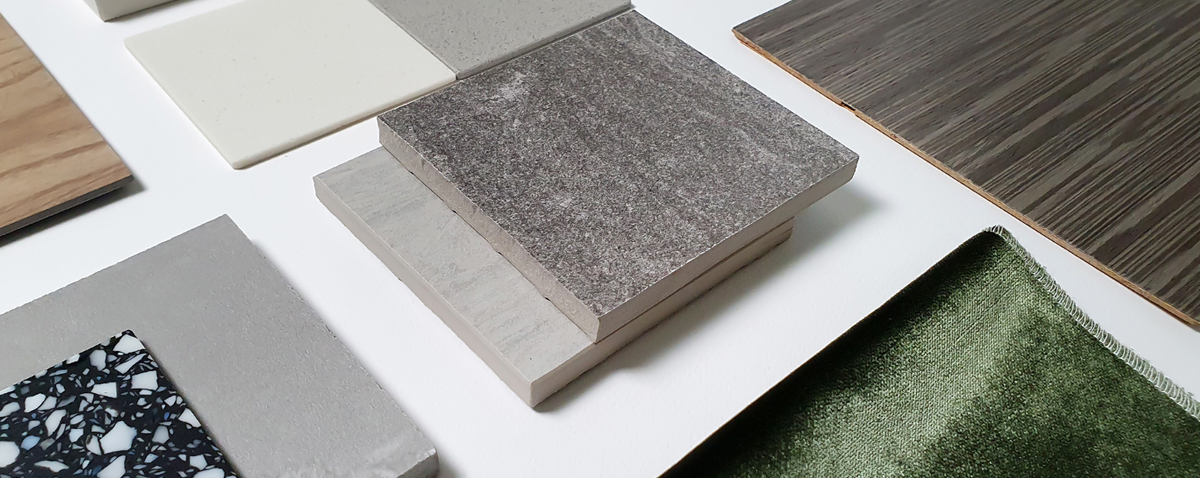
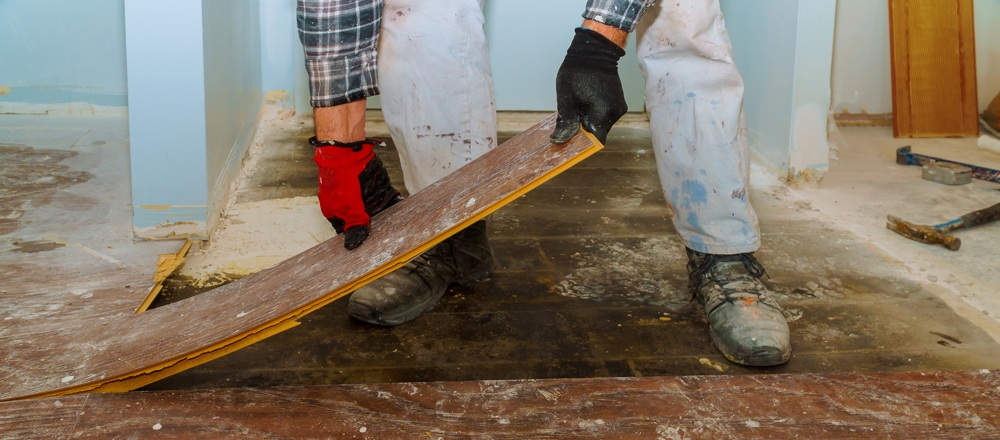
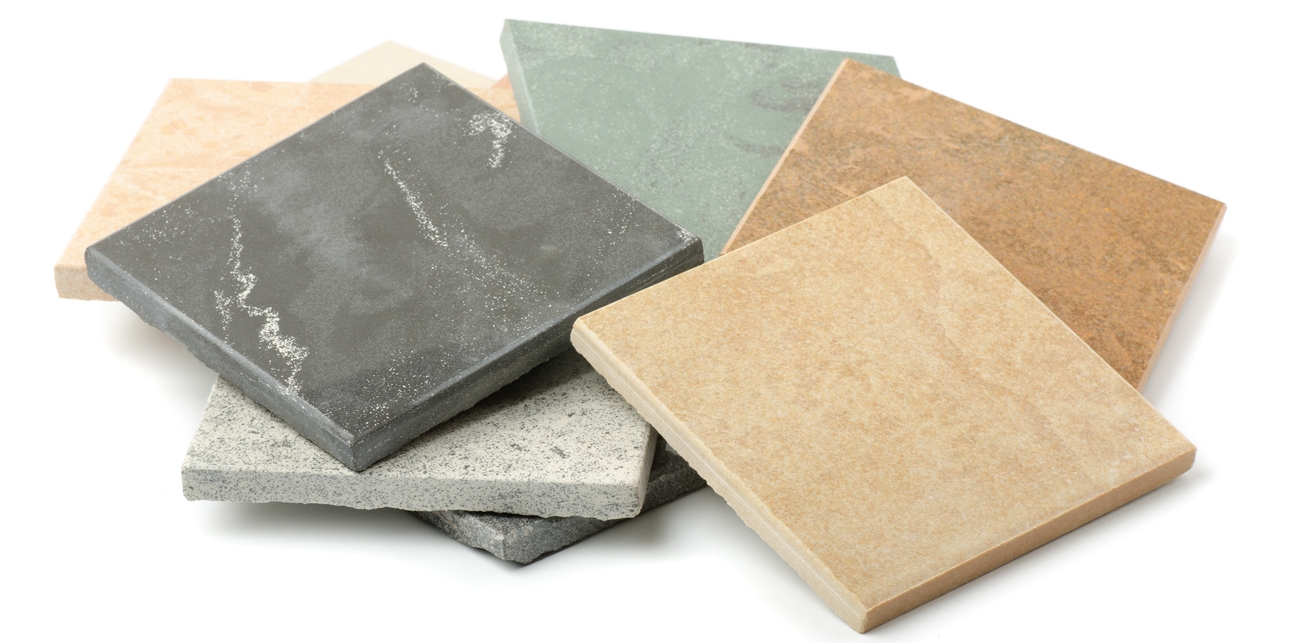
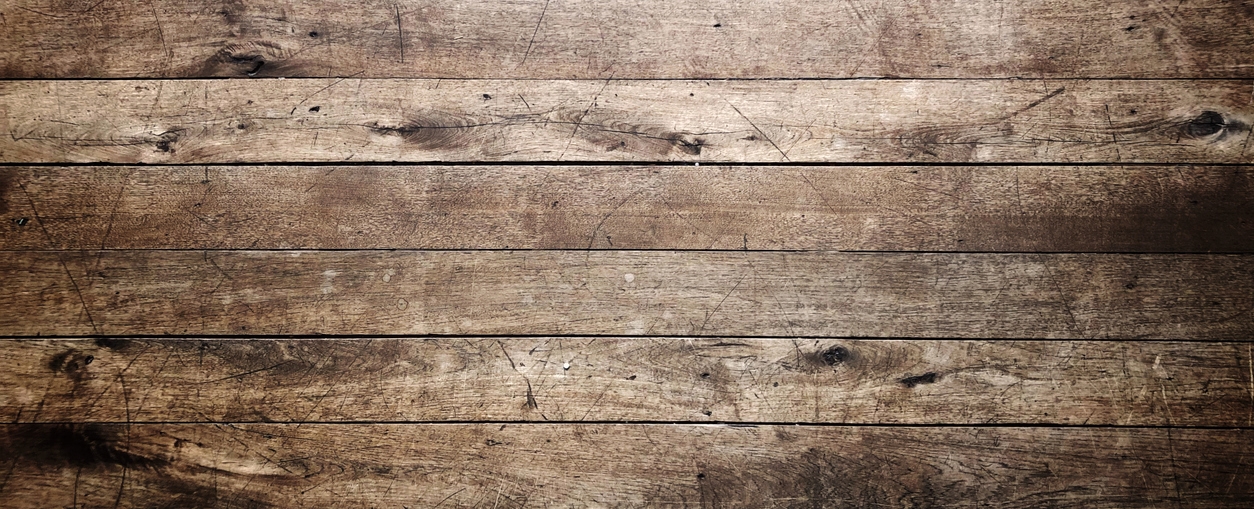
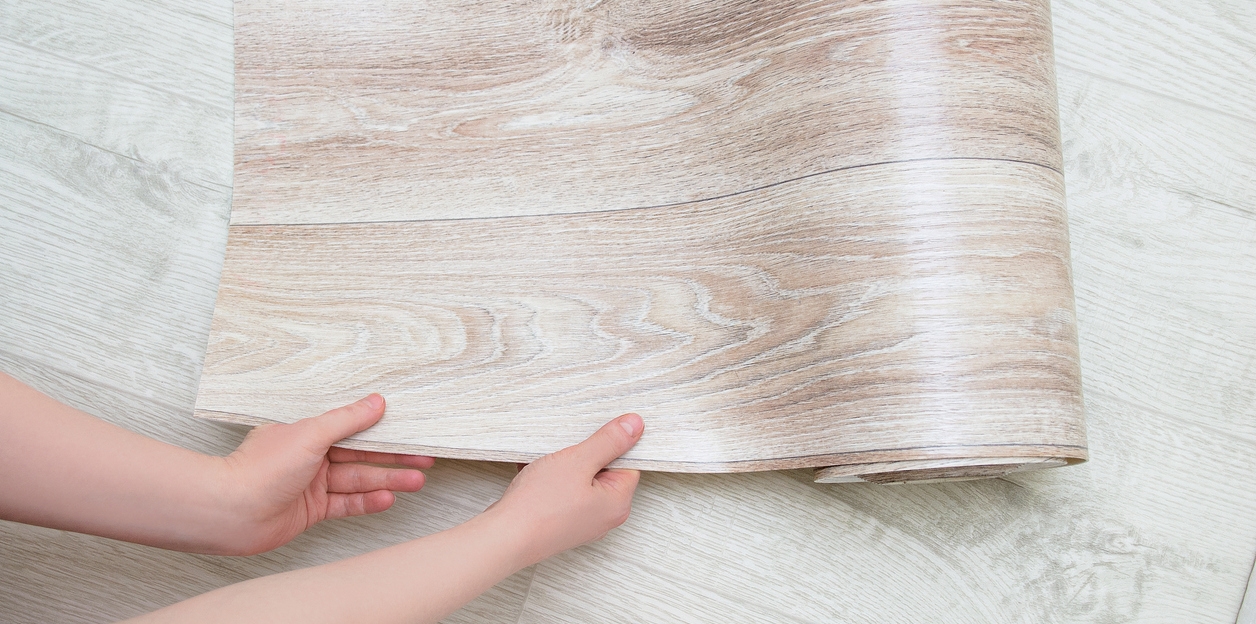

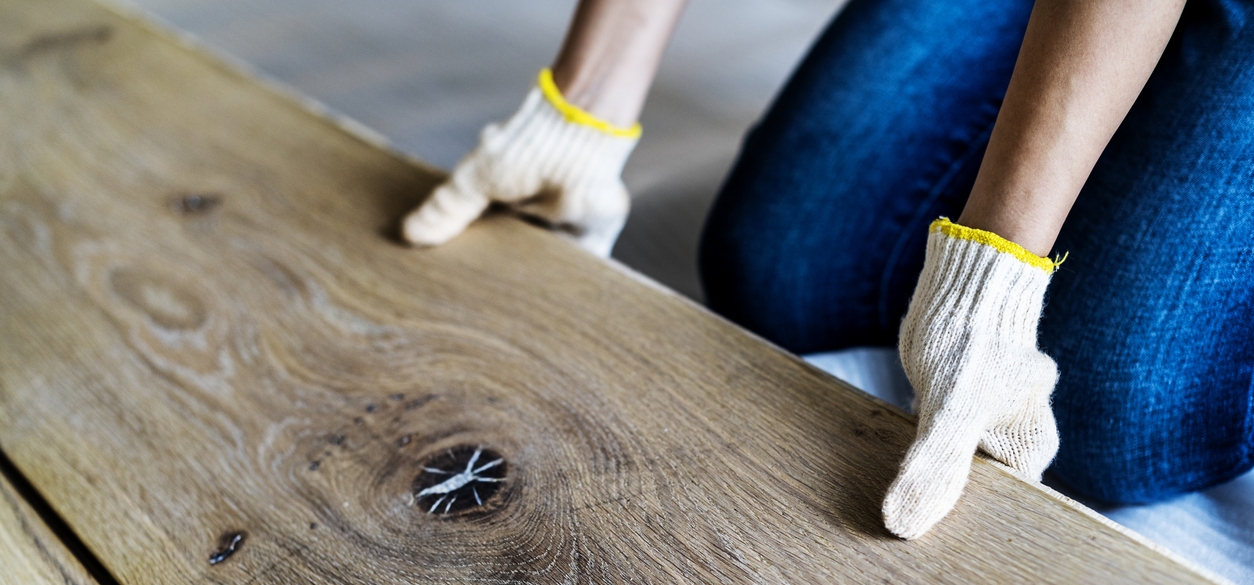
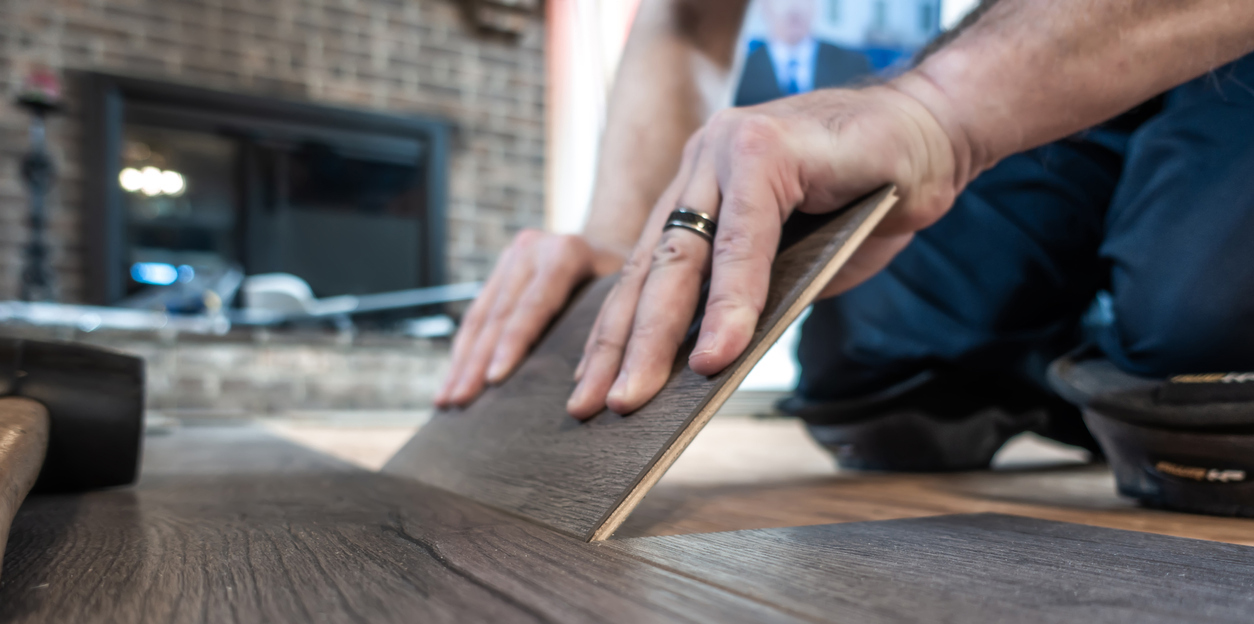
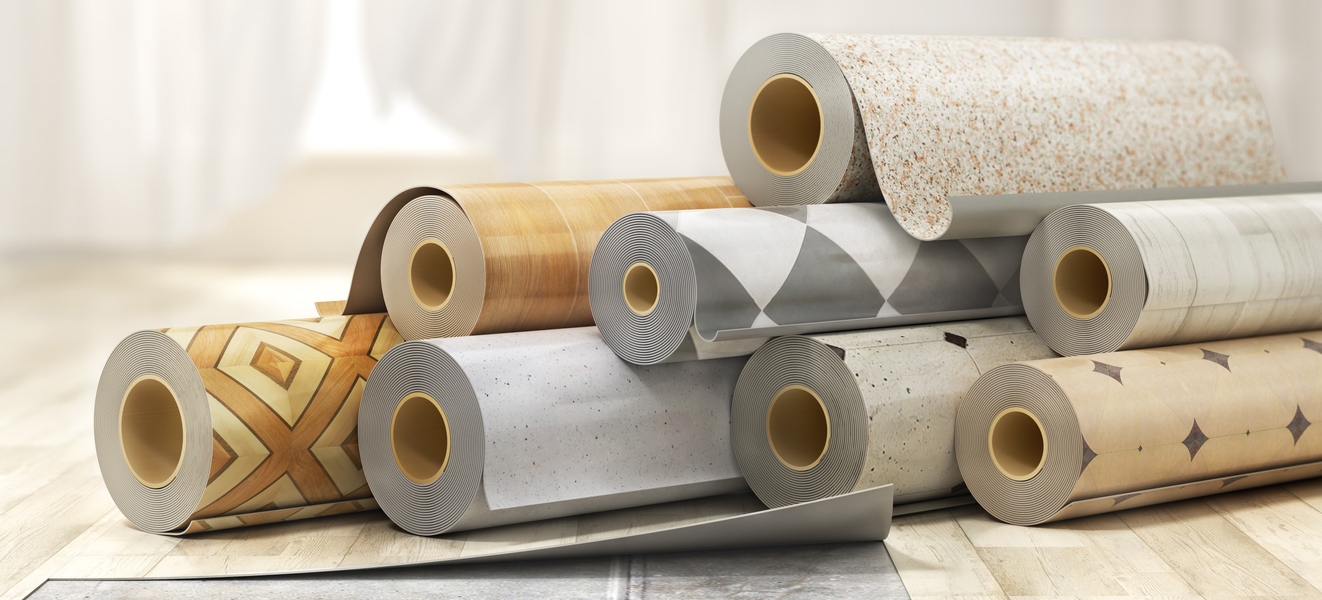
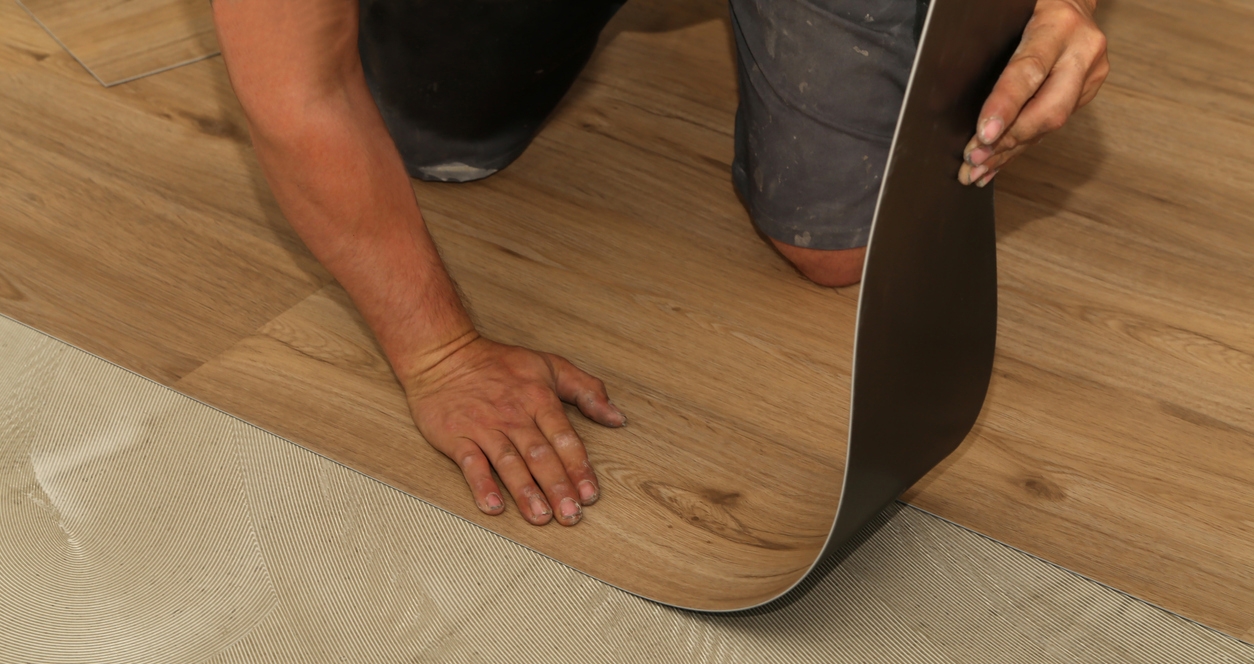
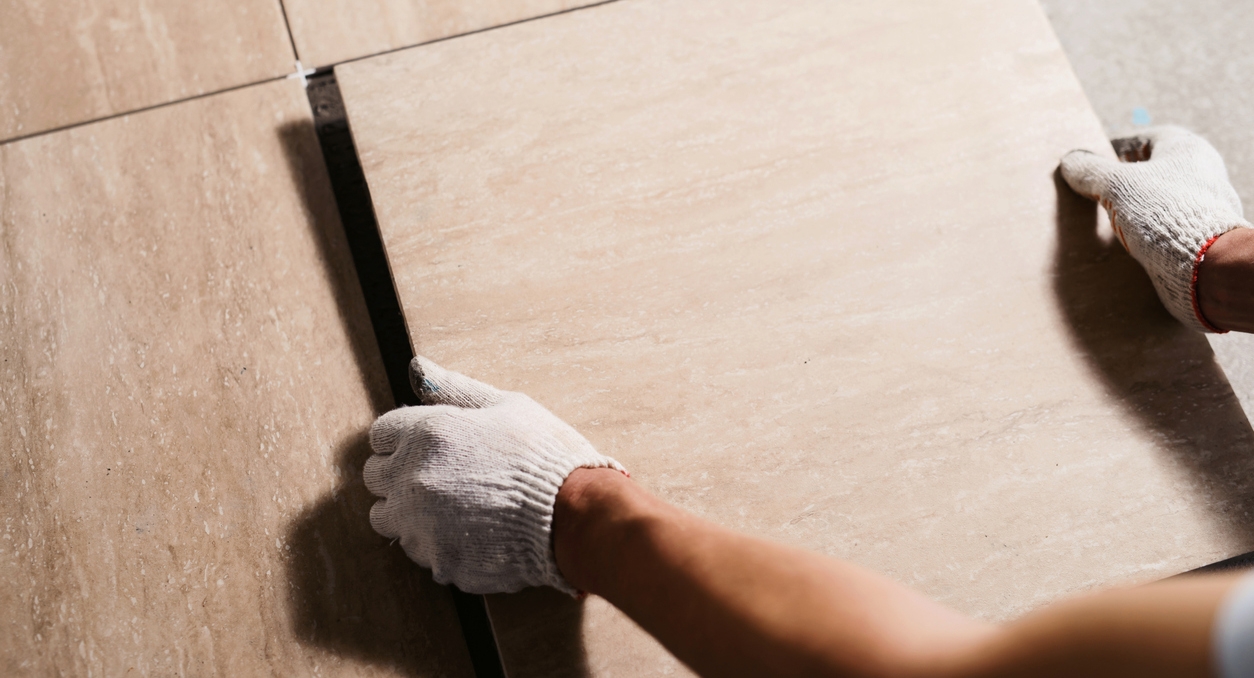
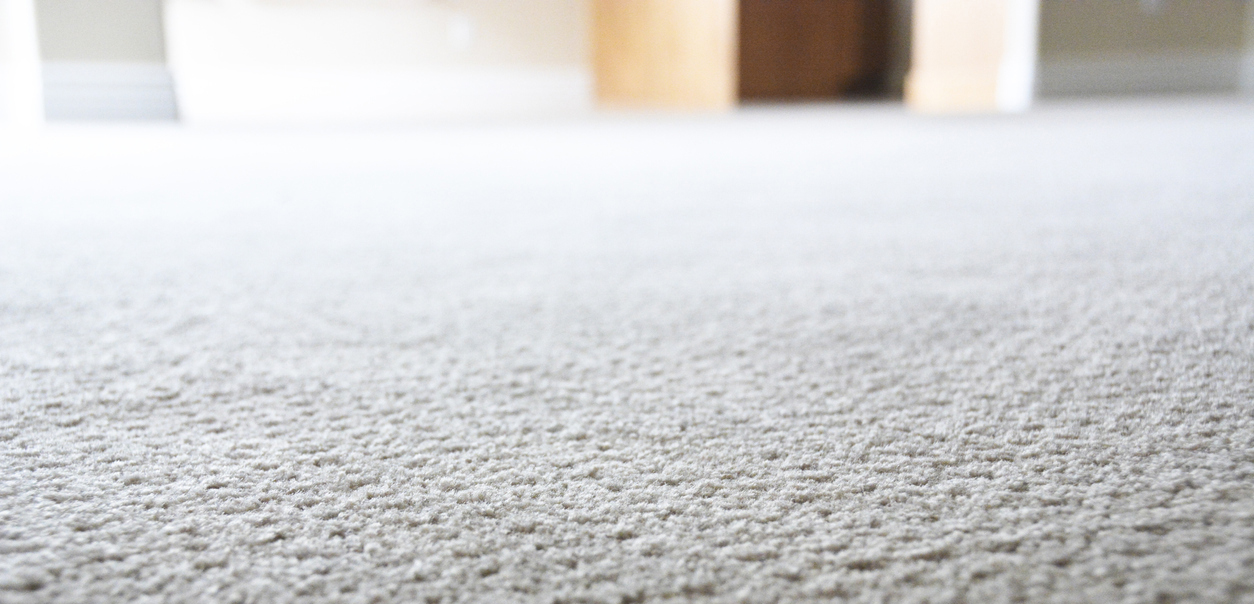
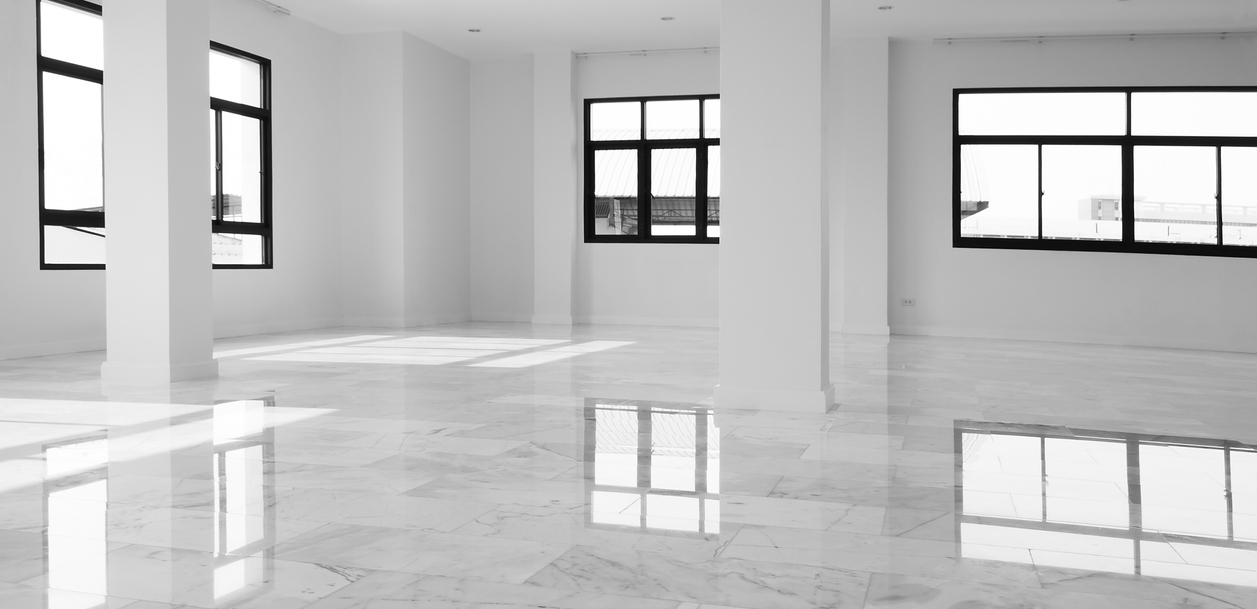
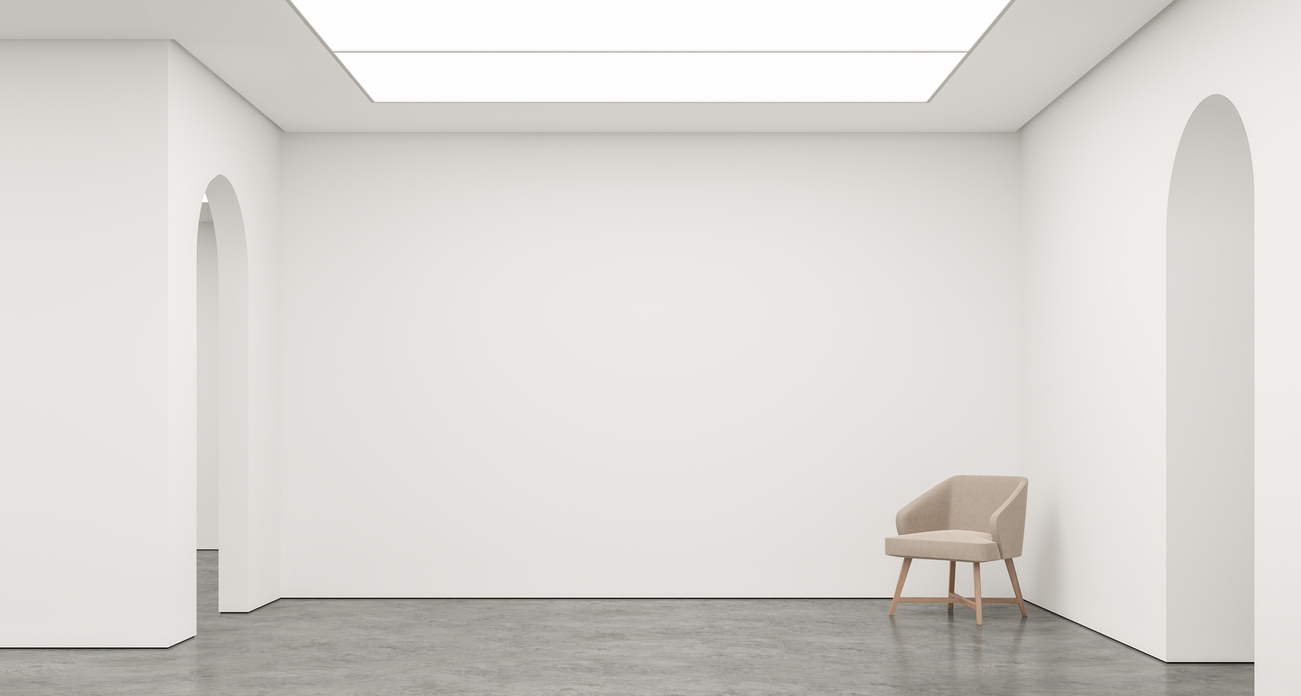


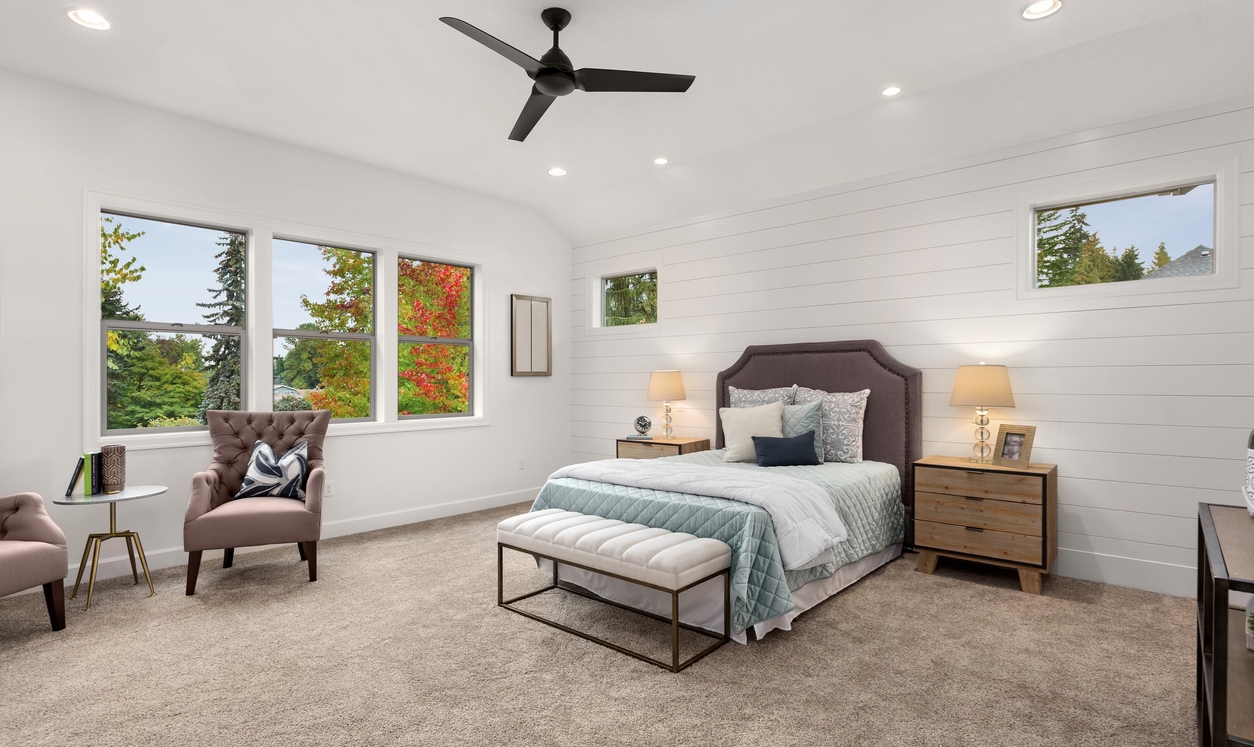

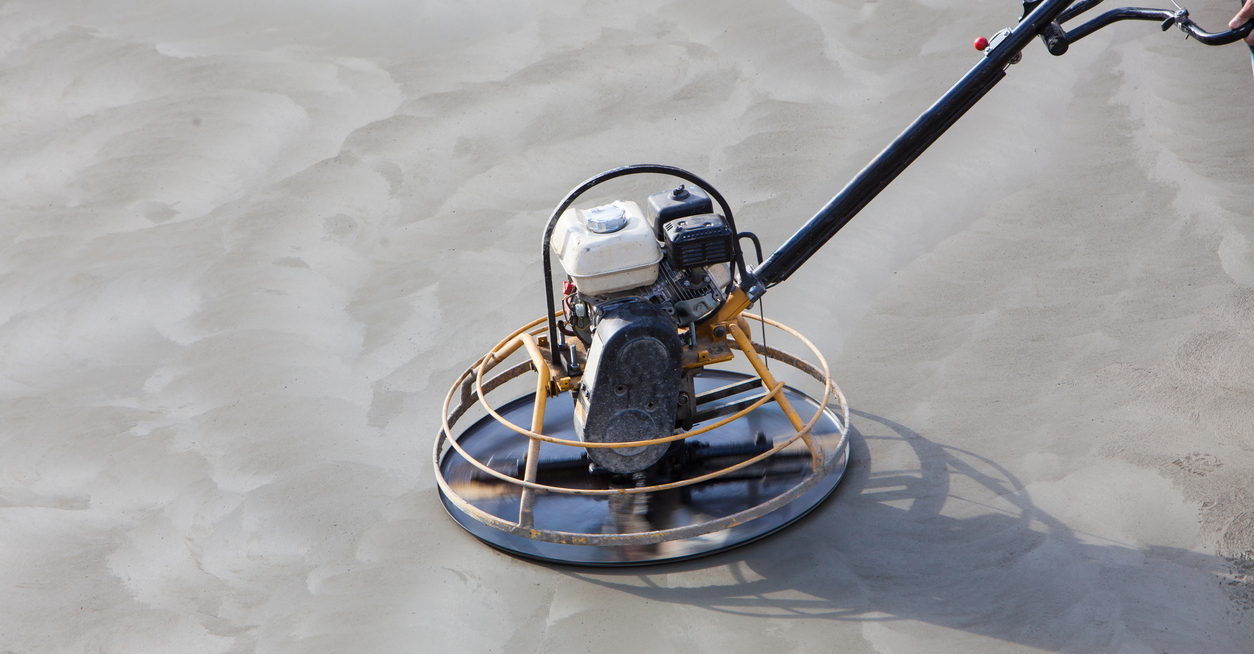
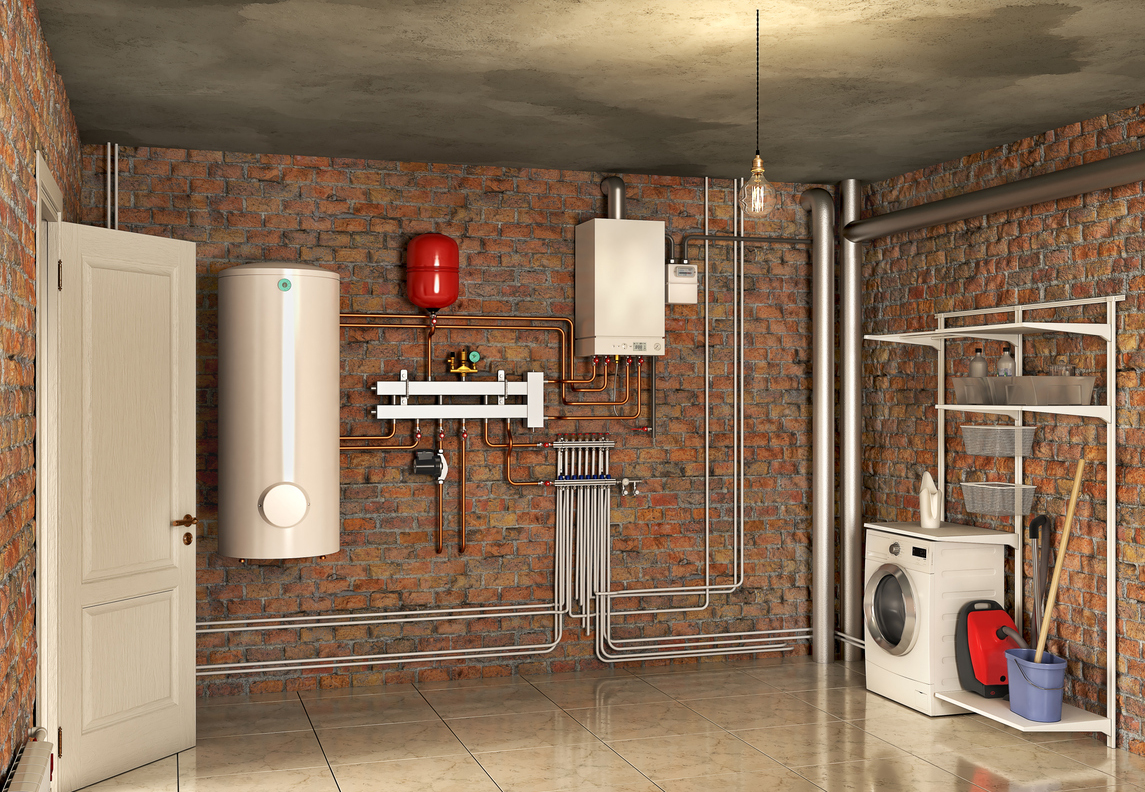
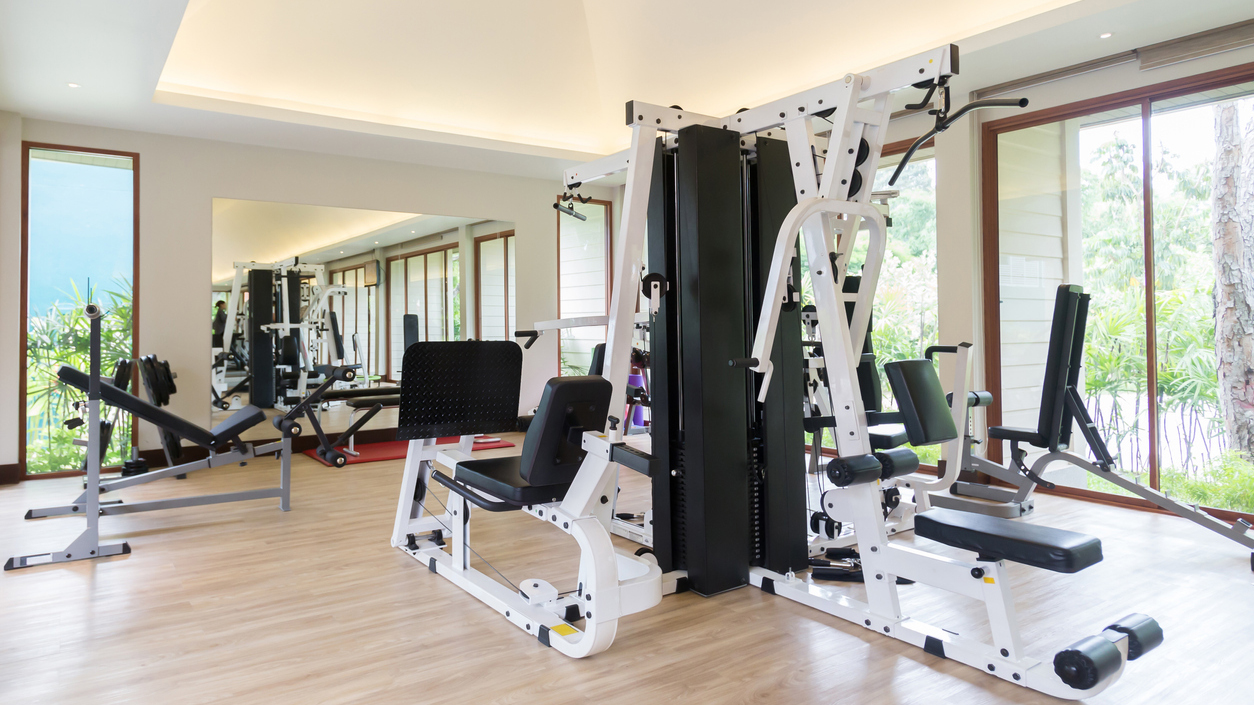

.jpg)